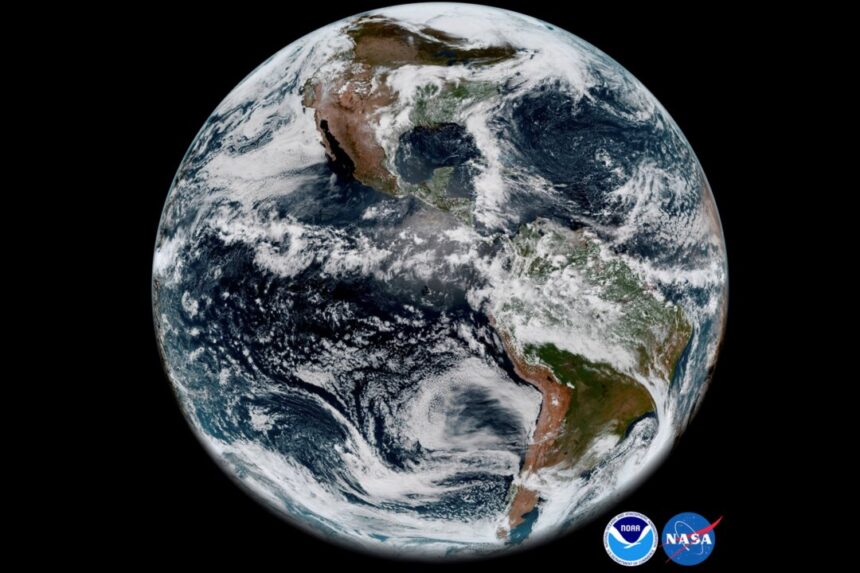Earth’s changing spin poses a unique challenge to our concept of time, clocks, and modern society, albeit for a mere second.
A recent study published in the journal Nature suggests that, for the first time in history, global timekeepers may need to consider subtracting a second from our clocks in the coming years due to the planet’s slightly faster rotation. This adjustment, known as a “negative leap second,” could potentially occur around 2029.
Lead author of the study, Duncan Agnew, a geophysicist at the Scripps Institution of Oceanography at the University of California, San Diego, emphasized the significance of this situation. While the Earth’s increased rotation speed won’t lead to any catastrophic events, it highlights the unusual times we are living in.
Dennis McCarthy, retired director of time at the U.S. Naval Observatory, echoed this sentiment, stating that a negative leap second is inevitable.
The complex issue involves factors such as physics, global dynamics, technology, and the coexistence of two types of time.
Throughout history, the Earth has been gradually slowing down, primarily due to tidal effects caused by the moon’s gravitational pull. This deceleration went unnoticed until atomic clocks became the official standard over 55 years ago, as they remained unaffected by the Earth’s slowdown.
This discrepancy between astronomical time and atomic time led to a divergence of 2.5 milliseconds each day, eventually accumulating into whole seconds every few years. To reconcile this difference, international timekeepers introduced leap seconds to align astronomical time with atomic time.
Between 1972 and 2016, 27 leap seconds were added as the Earth’s rotation slowed. However, the rate of deceleration has since decreased, and the Earth is now speeding up due to unpredictable dynamics in its hot liquid core.
The introduction of leap seconds has been crucial for maintaining synchronization between universal and astronomical time. However, implementing leap seconds poses challenges for modern computer systems, as demonstrated by disruptions in 2012.
Despite debates on the necessity of leap seconds, some argue for their retention to accommodate systems reliant on astronomical time, such as Russia’s satellite network. In 2022, global timekeepers agreed to revise standards for leap second adjustments in the future, aiming to reduce the frequency of such changes.
Technology companies like Google and Amazon have implemented their solutions to address leap second issues by gradually adjusting time over a day. The ongoing debate reflects the intricate balance between precision and practicality in timekeeping.
Looking ahead, the potential need for a negative leap second raises concerns due to software limitations designed for adding time, not subtracting it. While the trend towards a negative leap second is clear, the underlying causes remain subject to interpretation.
Ultimately, the debate surrounding leap seconds underscores the intricate interplay between Earth’s rotation, technological advancements, and the evolving nature of timekeeping. Whether a negative leap second will be necessary remains uncertain, highlighting the complexities of predicting future changes in Earth’s rotation.





